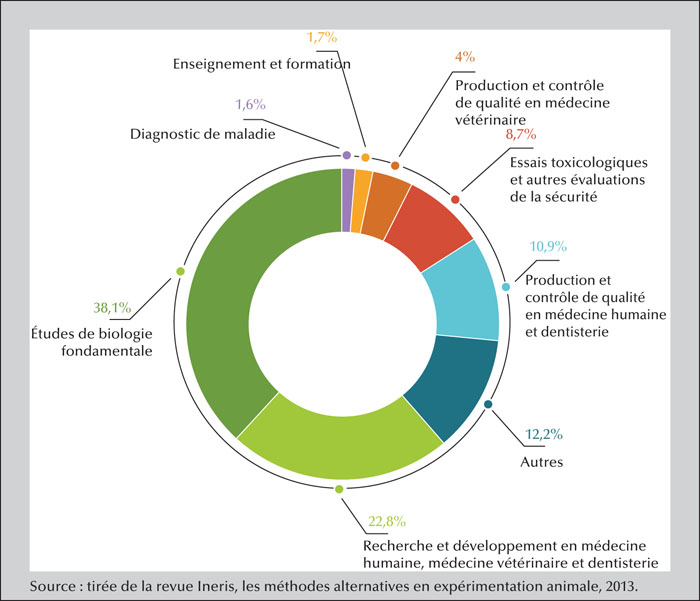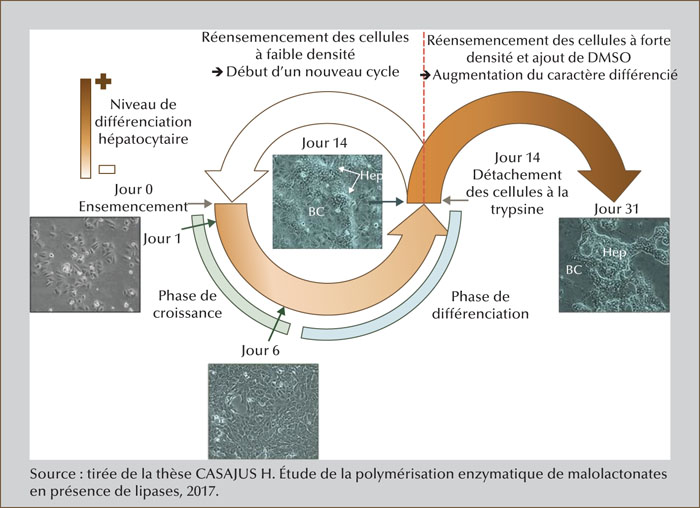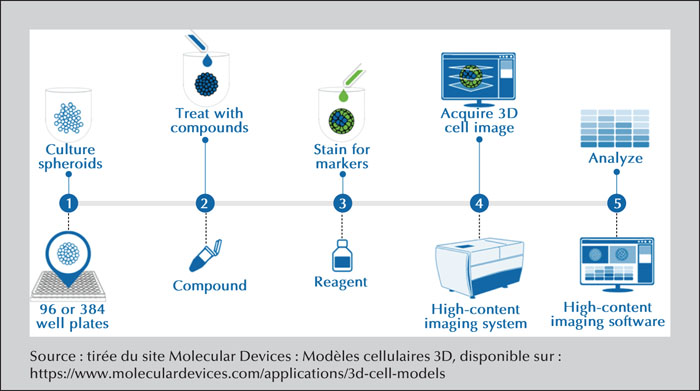Environnement, Risques & Santé
MENUThe future of experiments in toxicology Volume 20, issue 5, September-October 2021
UMR CNRS 7198
Université de Lorraine
CNRS, IJL
F-54000 Nancy
France
- Key words: cell culture techniques, toxicology, tests, in vitro, organ culture technique, in silico
- DOI : 10.1684/ers.2021.1587
- Page(s) : 457-65
- Published in: 2021
The field of toxicology research is evolving, adapting as necessary to the multiple issues raised by society today. Regulated by official bodies and numerous categories of laws, researchers can no longer conduct experiments in complete freedom. Unlike the time when in vivo experimentation was the gold standard, experimental methods are moving increasingly towards a future without animal models. Regulations are moving in this direction by fleshing out laws with decrees that encourage the replacement of these old practices insofar as possible. They invoke the extrapolation of non-representative interspecies data, non-negligible costs, and serious adverse effects occurring during the late phases of drug development or even after marketing, as well as the ethical issues of animal welfare.
These various issues raised by the changes in toxicology research require the development of new ways of experimentation. New models have emerged from the 3R rule – Reduce, Refine, Replace. In an effort to reduce animal suffering and reduce their use, work has been conducted concerning pain, new imaging and exploration data, and the development of transgenic animals. The arrival of in silico models makes it possible to link existing data and to predict the toxic risk of exposure to many substances in our environment. The new in vitro methods enabling the culture of human cells in standard or 3D form offer new avenues of exploration. The recent development of organ-on-a-chip technology may allow us to simulate our organs as closely as possible in their real physiological conditions.
The future of toxicology appears to reject animal experimentation while meeting the current needs of society.




